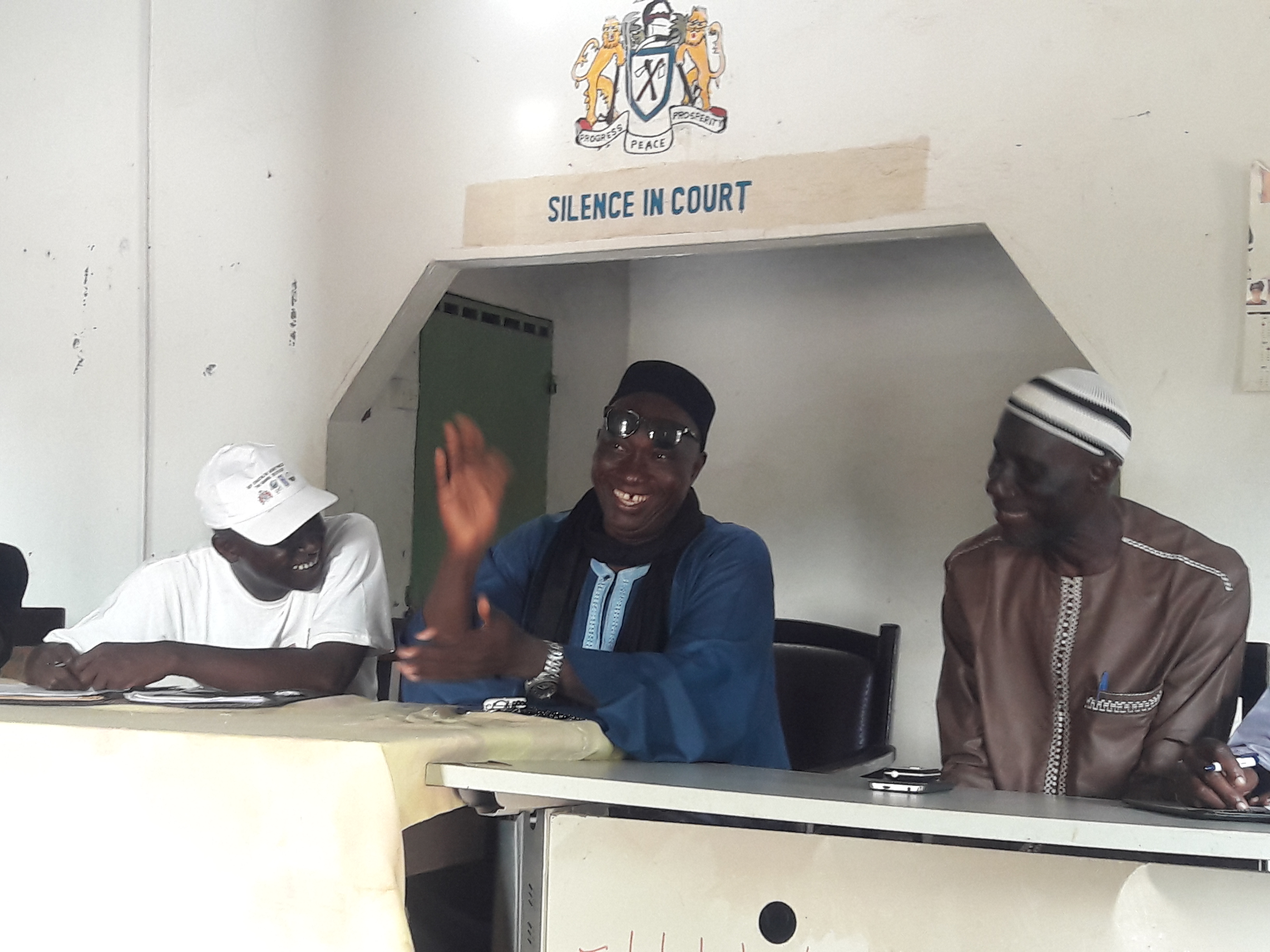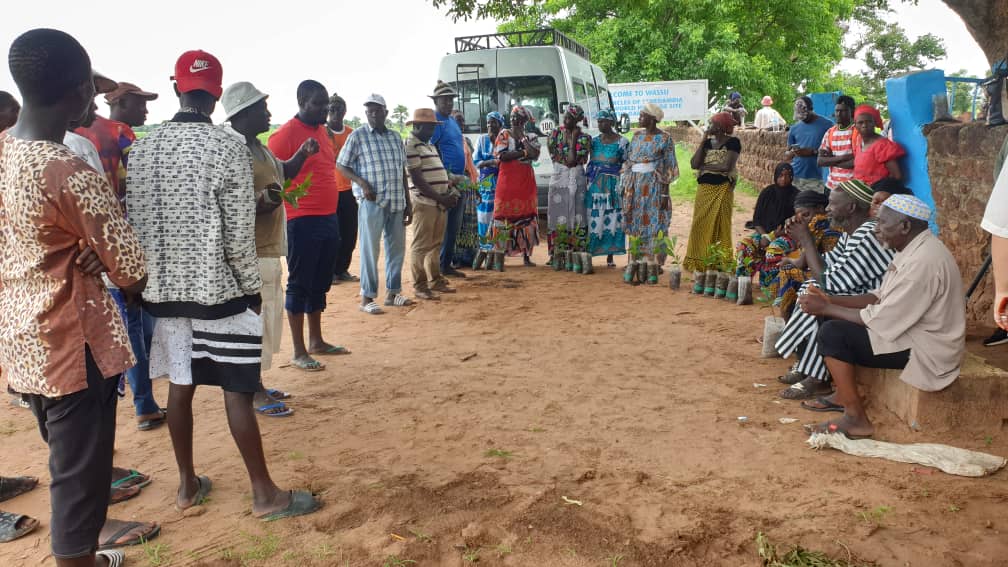NEA`s Programme Officer for Environmental Education and Communication has revealed that poverty is one of the key drivers of biodiversity and natural resources loss and environmental degradation in The Gambia, as most people depend entirely on natural resources for their basic requirements.
These natural resources, he pointed out, are often exploited unsustainably as the demand is high coupled with unsustainable practices of exploitation and utilization as well as other important drivers of environmental degradation, that have placed undue pressure on the natural resource base thereby impacting negatively on biodiversity resources.
Sheikh Alkinky Sanyang reiterated that we must sustainably utilize our natural deposits of sand and gravel for generation yet to come and also to protect the environment and the ecosystem from degradation.
He recently made these statements during a countrywide training of local building engineers, contractors and block makers on alternative to the use of sand, a new environmental friendly technology that can produced about 70 solid bricks from a mixture of 5 wheelbarrows of stone dust and a bag of cement. He said it has been tested beyond reasonable doubt that this compressed bricks are more economical, stronger and do serve longer than usual cement brick.
The training supported by the UNDP, coordinated by the Ministry of Environment and Climate Change and being implemented by the National Environment Agency was held in Soma in LRR, Farafenni in the NBR, Kaur is CRR North, Bansang in CRR South and Basse in URR.
Adding on, the environmentalist disclosed that it is apparent in the growing trend of the pollution of water resources, decline of fisheries stock, deforestation, loss of biodiversity, land degradation and loss of soil fertility, all of which jagged at the weak integration of environmental considerations into socio-economic development efforts.
He further noted that the decreasing quantity of common property resources, together with restricted access of the poor to these resources, is perpetuating a downward spiral of poverty and environmental degradation.
Sanyang emphasized that these practical trainings and demonstrations on making blocks using locally available materials with the aims to create entrepreneurship by improving skills for youth groups in our communities.
He further asserted that more than half of the country`s population is considered poor, and this segment of the population is disproportionately affected by environmental and natural resources degradation.
The Gambia’s rapidly growing population, with its growing demand for food, shelter and other vital social services, further compounded by weak national management capacities and inadequate awareness exerts tremendous pressure on land, biological resources and ecosystems”. He therefore called on the general populace to change their attitude towards the environment for the betterment of all.
As the Gambia continues to experience climate related socio-economic setback consequences the cost of which are increasing damaging amidst more frequent, intense and severe disasters, Sanyang called for the sustainable utilization of natural resources and turn over to environmental friendly alternatives. This he said is more of a reason why the training on the use of alternatives to replace the diminishing natural resources (Sand) is timely and paramount.
The lead trainer Alassan Bojang of the Department of Community Development said the use of gravel dust to mold blocks is of good quality and cheap compare to the use of sand. He revealed that the ratio of gravel dust to the quantity of cement is five wheelbarrows to one bag of cement to produce 60-70 blocks.
“Press Bricks are locally made bricks used for construction. It is made of gravel dust, anthill clay, and underground soil that have the content of clay. The gravel dust must be free from gravel particles and sand, thus the dust must have a high content of plasticity in order to produce quality blocks”. Bojang told the trainees.
The size of a press brick mold is 300mm x 150mm/140mm, and has a cover and a lever. Explaining the technology to produce, Bojang said the mixed gravel dust and cement is placed in the mold and compact it with a stick after which it is covered and then levered to bring the brick out. The brick is collected using two pallets of plywood and placed at a level ground.



